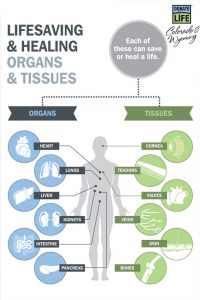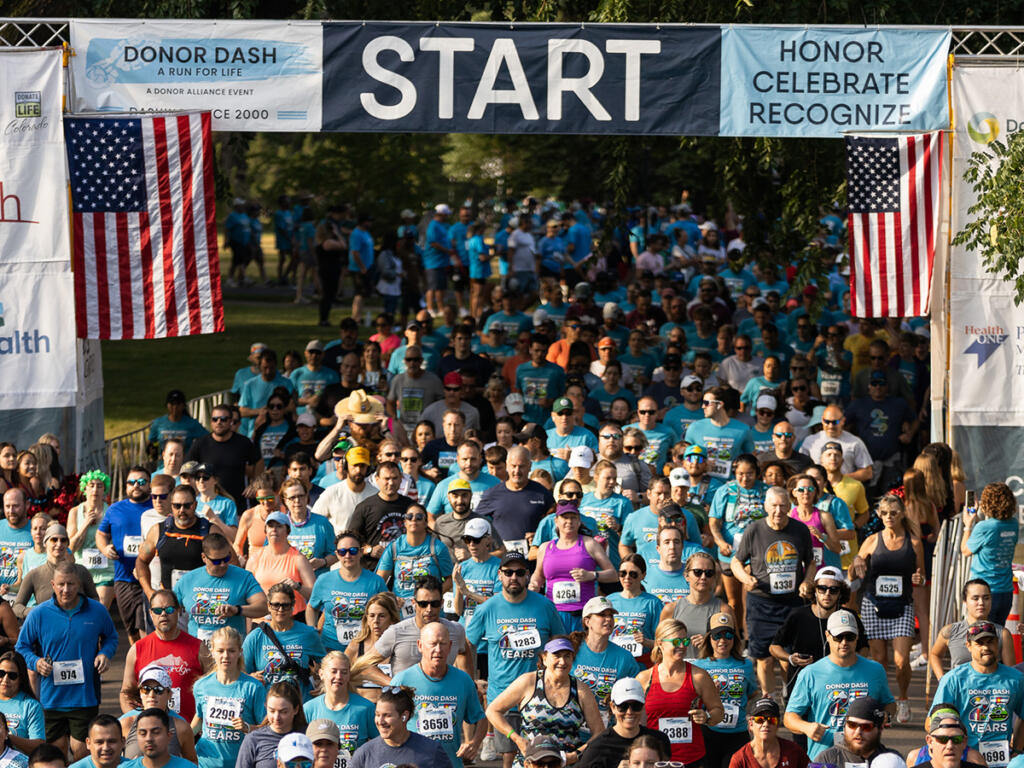Donation Essentials Blog
Deceased vs. Living Donation: What Are You Committing to When You Say Yes at the Driver License Office?
In 2015, we conducted a study examining Colorado and Wyoming residents’ sentiments about organ, eye and tissue donation. Throughout 2016, we will be sharing some of the results on Donation Essentials to educate on the donation process, barriers to registration and what exactly the little heart on the driver license means.
 Let’s talk deceased vs. living donation and discuss what you are committing to when you say yes at the drive license office.
Let’s talk deceased vs. living donation and discuss what you are committing to when you say yes at the drive license office.
Deceased vs. Living Donation:
There are two ways to be a donor: deceased donation and living donation:
- Deceased donation is choosing to donate your organs, eyes and tissues to patients in need at the time of your death. This is what you commit to doing when you say ‘yes’ to being a donor at the driver license office.
- Living donation is choosing to donate an organ or part of an organ to another individual while you are alive. Only certain organs can be donated while living, eyes and tissues cannot.
Both living and deceased donation can be lifesaving. However, some confusion exists about the difference between the two. Independent research we conducted in 2015 revealed that there is some confusion among Colorado and Wyoming residents when it comes to which type of donation is covered by donor registration, and in turn represented with a heart on the state driver license.
According to independent research that we conducted in 2015, about 25 percent of respondents in Colorado and Wyoming mistakenly believe that the heart or hearts on a state driver license represents a person’s willingness to donate while living, with most of those residents believing that the heart represents willingness to donate via both deceased and living donation. In fact, the heart on a state driver license means the owner of the license has registered to donate their organs, eyes and tissues at the time of their death, only. Living donation is separate and unrelated to the state donor registry.
Living donation offers another option for transplant candidates waiting for a life-saving donation. However, living donation must be considered personally and discussed directly with a transplant center. To help someone through living donation, or to learn more about the process, visit our resource page.
To learn more about organ, eye and tissue donation and the reasons to say Yes to deceased donation, visit our “Why Donate?” page, and to sign up to become a donor, visit Donate Life Colorado or Donate Life Wyoming.


